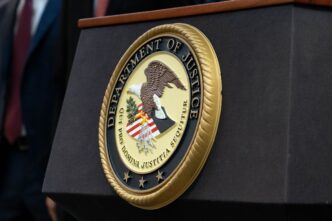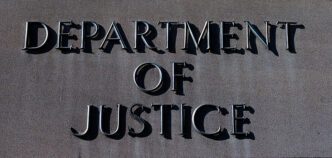The Alaska Senate is preparing to advance a pared-down education measure, proposing a $250 million increase in school funding, which has already faced the threat of a veto from Governor Mike Dunleavy. A Senate committee recently removed all policy provisions from the bipartisan education package initially approved by the House, leaving only a $1,000 increase to the Base Student Allocation, Alaska’s per-student funding formula.
School administrators have been pushing for such an increase, citing a public school system in crisis. Without the additional funds, districts plan to cut hundreds of teaching positions and eliminate programs, while the Anchorage School District may axe middle school sports. The revised version of House Bill 69 could receive legislative approval as early as Friday.
Governor Dunleavy has expressed his intention to veto the measure if it remains unchanged, criticizing it for not improving educational outcomes or adequately supporting charter and home schools. He labeled the move as an attempt to pressure the legislature, describing it as a favorable outcome for the teachers’ union without added accountability.
Kodiak Republican Senate President Gary Stevens anticipates a rapid passage of the stripped-down bill by the House and expects Dunleavy to carry out his veto threat. In the event of a veto, an override would require the support of 40 out of 60 state legislators, a challenge given last year’s failure to override a similar veto by just one vote.
Stevens has expressed skepticism about the state’s ability to afford the $1,000 BSA increase amidst a $680 million deficit over the next two fiscal years. The Senate Finance Committee had previously proposed a $680 per-student increase, mirroring last year’s temporary boost. The committee has now opted to retain only the BSA increase, stripping out policy provisions designed to appeal to the Governor, such as limits on cellphone use in schools and measures facilitating school choice.
Senator Lyman Hoffman, co-chair of the Senate Finance Committee, indicated the intent to gauge support for the $1,000 BSA boost, while Anchorage Republican Sen. James Kaufman warned of potential failure without compromise. Kaufman criticized Dunleavy’s absence from legislative debates, implying that his focus on a natural gas pipeline project may be detracting from education priorities.
Members of the Senate Republican minority have voiced concerns over the affordability of the $1,000 BSA increase, questioning the political motivations behind it with the 2026 elections in mind. Wasilla Republican Mike Shower, Senate minority leader, pointed to the perceived futility of the spending hike.
Anchorage Democratic Sen. Löki Tobin, chair of the Senate Education Committee, called for public lobbying efforts to compel lawmakers to override the potential veto, emphasizing the critical role of schools as community infrastructure.
What This Means For You
The proposed increase in school funding is a matter of urgent concern for residents and educators in Alaska. The potential elimination of teaching positions and school programs could significantly impact the quality of education and resources available to students. Parents and community members may face increased pressure to advocate for the necessary funds to sustain essential educational services.
For legislators and policymakers, the debate underscores the broader challenge of balancing fiscal responsibility with the need to invest in the state’s educational infrastructure. The outcome of this legislative process could set a precedent for how education funding is prioritized amidst competing budgetary demands, influencing future policy decisions related to public education in Alaska.






